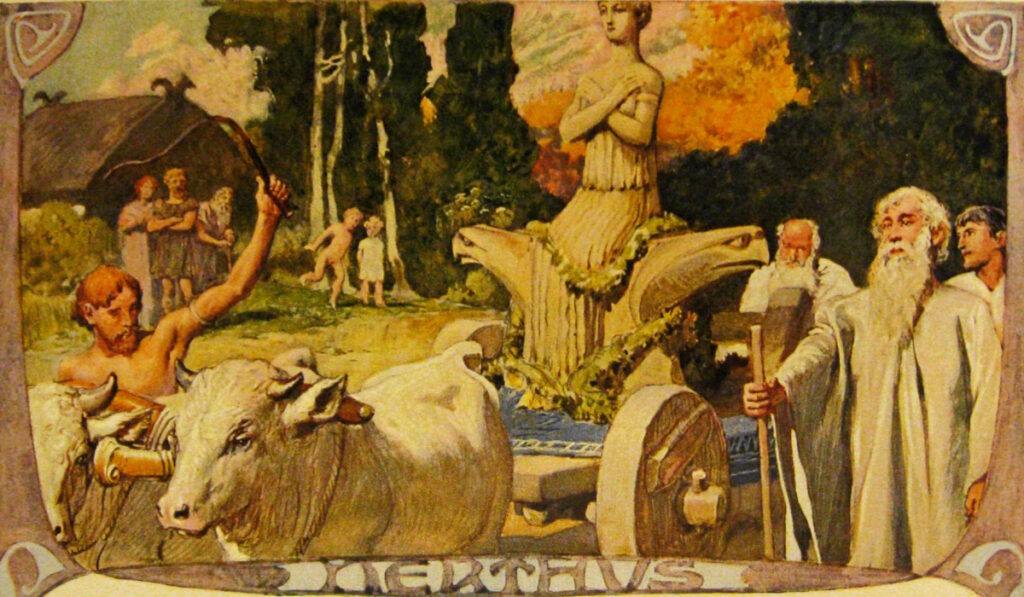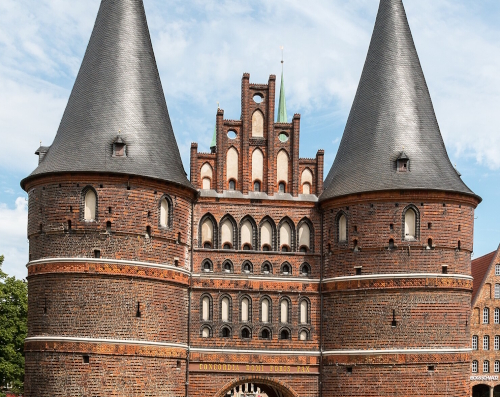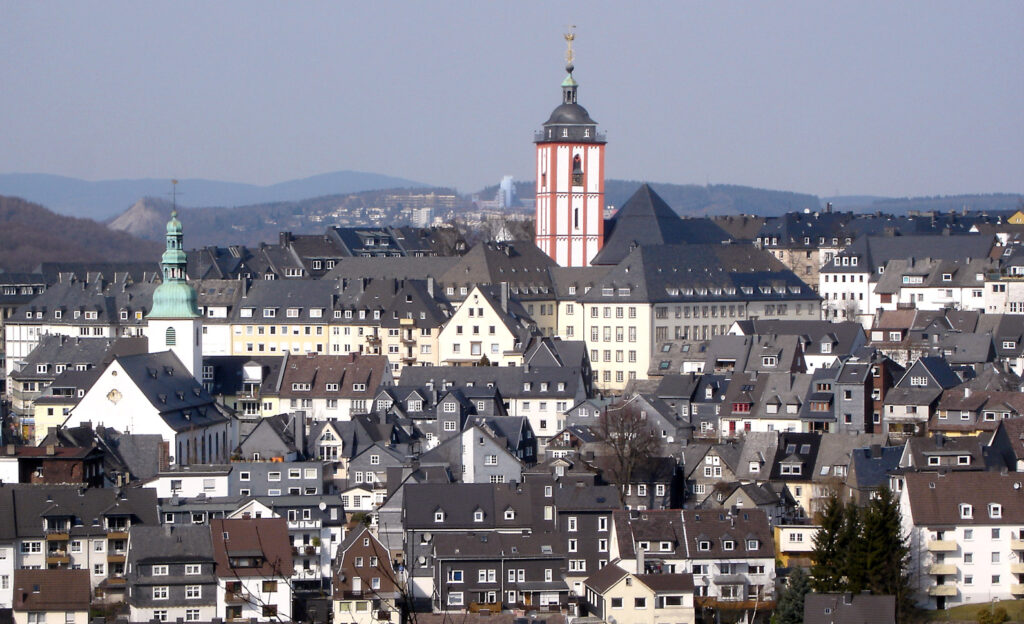Focus On: (831) Stateira
Stateira was a queen of ancient Persia who died about 400 BCE; wife of Artaxerxes II. She had a son, who became Artaxerxes III. She was a popular ruler, apparently because she talked to ordinary people, but did not get on well with her mother-in-law Parysatis, who eventually poisoned her.
Focus On: (831) Stateira Read Post »










